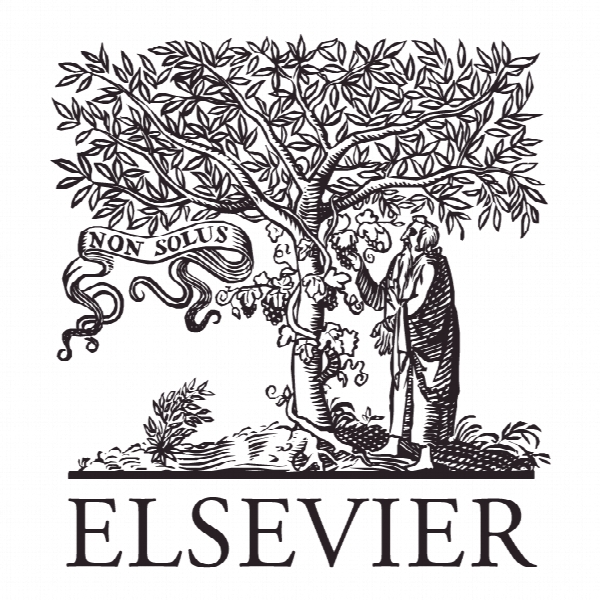بینش جدید به مصرف تقلبی غیر اخلاقی New insights into unethical counterfeit consumption
- نوع فایل : کتاب
- زبان : انگلیسی
- ناشر : Elsevier
- چاپ و سال / کشور: 2017
توضیحات
رشته های مرتبط مدیریت
گرایش های مرتبط بازاریابی
مجله تحقیقات بازاریابی – Journal of Business Research
دانشگاه دانشکده بازرگانی، کنت، انگلستان
نشریه نشریه الزویر
گرایش های مرتبط بازاریابی
مجله تحقیقات بازاریابی – Journal of Business Research
دانشگاه دانشکده بازرگانی، کنت، انگلستان
نشریه نشریه الزویر
Description
1. Introduction The counterfeiting of branded products is not new; however, this practice has only become a significant global problem in its own right in the last three decades (Bian & Moutinho, 2011b). Despite companies, national governments, and enforcement agencies devoting substantial resources to tackling this issue, counterfeiting appears to be increasing at a faster pace than ever before (Wilcox, Kim, & Sen, 2009). The International Anti-Counterfeiting Coalition (2014) projected that the value of global trade in counterfeiting and piracy in 2015 would be $1.77 trillion. Luxury brands alone lose more than $12 billion every year to counterfeit competitors (International Chamber of Commerce, 2004). Consumers’ demand for counterfeits, particularly in the luxury goods market, is one of the leading causes of the apparent upsurge in the growth of the counterfeiting phenomenon (e.g.Ang, Cheng, Lim, & Tambyah, 2001; Bian & Veloutsou, 2007; Gentry, Putrevu, Shultz, & Commuri, 2001; Nia & Zaichkowsky, 2000). of determining factors that influence consumers’ appetite for counterfeits (see Eisend & Schuchert-Güler, 2006 for a review). These studies enhance our knowledge of the antecedents of the motivational drivers for purchasing and consuming counterfeits. Nevertheless, the literature concerning counterfeit consumption suggests the following: 1) Despite the obvious financial drive and various identified antecedents of the motivations, there is limited understanding of the motivations underlying counterfeit consumption (Jiang & Cova, 2012; Tang, Tian, & Zaichkowsky, 2014; Zaichkowsky, 2006); 2) no known study has documented the cognitive processes by which consumers cope with feelings of unease during counterfeit consumption. Purchasing counterfeits violates consumer ethics and is likely to be socially undesirable, which inevitably produces cognitive dissonance (as proposed by Eisend & Schuchert-Güler, 2006); and 3) the research to date principally explores counterfeit consumption by applying surveys or experimental methods. Surveys and experiments can prove to be problematic when investigating socially undesirable or self-revealing behavior (Crane, 1999), of which counterfeit consumption is an example. A deeper inquiry of a more interpretive nature is more suitable for revealing as yet submerged motivations and cognitive processes (Malhotra, 2007). This study adopts an in-depth interview method to address these specific issues. A comprehensive understanding of the motivation to knowingly purchase counterfeits is crucial, as “motivations produce” outcomes, and they concern all aspects of activation, purchase intention, and behavior (Ryan & Deci, 2000, p. 69). Studies by Wilcox et al. (2009); Perez, Castaño, and Quintanilla (2010) and Jiang and Cova (2012)specifically examine the socio-psychological aspects of motivation for counterfeit consumption. Building on this momentum, the research probes more deeply into the nature and role of the motivational factors in response to calls for further research in this important but underexplored area (e.g.Tang et al., 2014, Zaichkowsky, 2006).


